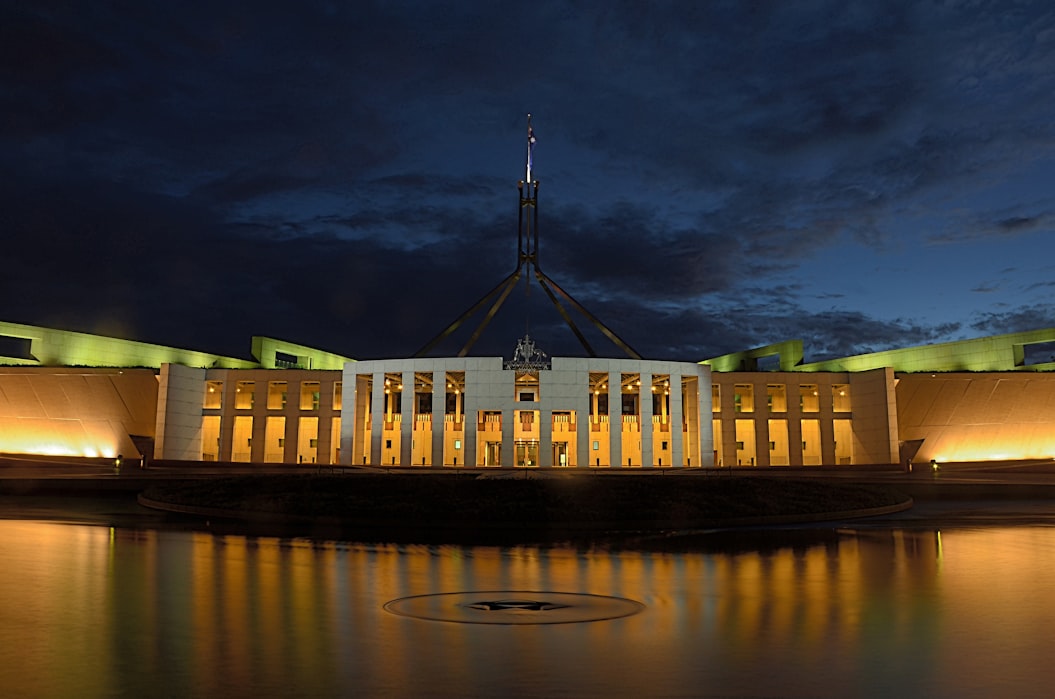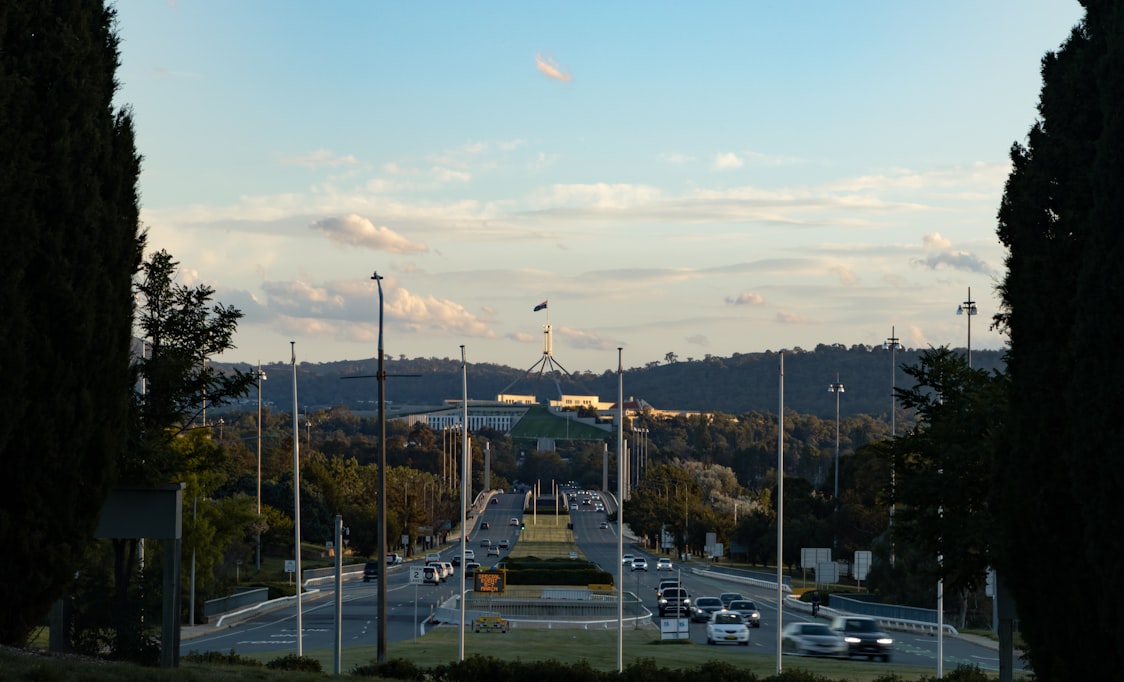The pandemic is having severe consequences for mental health services across Australia with a record number of psychologists now unable to see patients
An Australian Psychological Society of more than 1400 members nationwide examined the impacts of the pandemic on private, public and not-for-profit psychologists and found:
88% of psychologists reported increased demand in services, equalling the previous record increase set in June 2021
1 in 3 (33%) psychologists were unable to take new clients, up from 1 in 5 (22%) in June 2021. Before the pandemic, only 1 in 100 psychologists were not taking new clients
27% of psychologists reported more children and young people requesting help while rates of older men and women seeking help also increased
Of those respondents able to accept more patients, 64% reported worsening wait times, averaging 55 days
Regional psychologists were also significantly more likely to have waitlists (79.2%), compared with metropolitan psychologists (73.5%), and
Anxiety, stress and depression are among the most common presenting issues or conditions to increase since the pandemic began.
Psychologists continue to answer the call during the pandemic, working on average 17 unpaid hours each week and being paid for just 23 hours. Psychologists working with children recorded an additional 2.2 unpaid hours worked, on average. By comparison, .
APS CEO Dr Zena Burgess said the scale of the problem facing Australia’s mental health system required urgent action from federal and state governments.
“Mental ill-health is costing Australians $600m per day, or $220bn per year. That is roughly 4.5x times more than our national defence budget. We can turn this around with urgent action and strong leadership that ensures patients and psychologists are treated with the dignity and respect they deserve, no matter where they live.”
“Lived Experience Australia has found (2021) that , yet our critically low workforce continues to face enormous and growing pressure.”
APS President Tamara Cavenett noted many psychologists were at breaking point.
“Before the pandemic 1 in 100 psychologists were unable to take new patients, this is now 1 in 3. Australia already has a chronic shortage of psychologists, and many are burning or burnt out. APS psychologists are desperate to help their patients but unsure how long they can keep going.”
“While the risk of a mass exodus is a real and present danger to the profession, patients and the wider community, we are in a perverse situation where thousands of psychology students are dropping out after 5 or more years of study due to a lack of higher education funding.”
The Federal Government is only meeting 35% of its psychology workforce target listed in the ³Ô¹ÏÍøÕ¾ Mental Health Service Planning Framework, the largest shortfall of all mental health professions.
The APS recommends practical solutions be implemented to provide immediate relief to the community and psychologists, namely:
Federal Government investment of just $5m to create more than 3,500 supervisors and 6,000 additional psychologists within 2 years
Putting psychologists in schools with a ratio of 1:500 for public, private and independent students
Getting patients to psychologists sooner by removing GP referral requirements
Expanding Medicare coverage and lowering the gap fee for patients, and
Replicating GP regional relocation incentives for psychologists.
Image 1. Demand for psychologists continue to increase significantly across the country
Image 2. Wait times continue to blow out across the country







